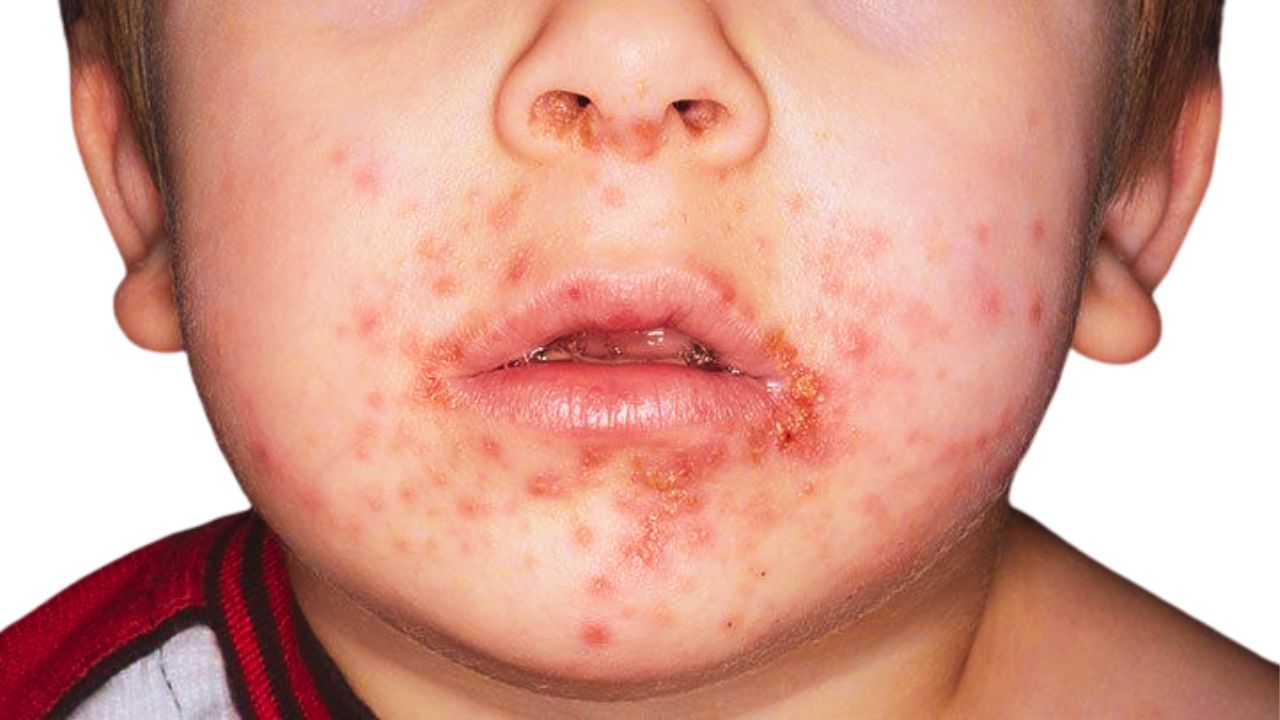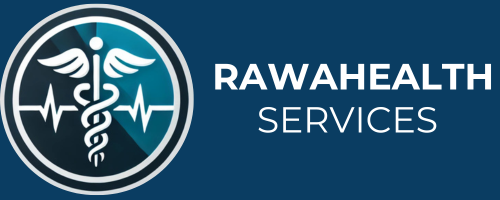
Impetigo Treatment in India
Impetigo Treatment in India, often called “school sores,” is a highly contagious bacterial skin infection. It commonly results from either Staphylococcus aureus or Streptococcus pyogenes. Although it primarily affects children, adults can also contract the infection. Impetigo spreads easily through direct skin contact or by touching contaminated objects, making prompt treatment essential to prevent further transmission.
Symptoms
The main symptoms of impetigo include:
- Red sores or blisters, typically appearing around the nose and mouth.
- Sores that burst, ooze, and develop a yellowish-brown crust.
- Itching and discomfort at the infection site.
- Occasionally, fever and swollen lymph nodes may accompany these symptoms.
Causes
Bacteria, mainly Staphylococcus aureus or Streptococcus pyogenes, cause impetigo. These bacteria enter through minor skin injuries, such as cuts, insect bites, or scratches. Once inside, they proliferate, leading to the characteristic sores. Impetigo spreads rapidly through close contact with an infected person or by sharing contaminated items like towels and bedding.
Risks
Although impetigo is generally not severe, it can present risks, especially for individuals with weakened immune systems or existing health conditions. Potential complications include:
- Secondary infections due to scratching or further injury.
- Spread of the infection to other body parts.
- In rare cases, it can lead to more severe conditions like cellulitis or kidney problems.
Prevention
To prevent impetigo, maintain good hygiene and avoid close contact with infected individuals. Effective preventive measures include:
- Regular handwashing with soap and water.
- Keeping cuts and abrasions clean and covered.
- Avoiding the sharing of personal items such as towels and bedding.
- Ensuring that infected individuals remain home from school or work until the infection is no longer contagious.
Treatment
In India, treating impetigo typically involves antibiotics. For mild cases, healthcare providers often prescribe topical antibiotics like mupirocin or retapamulin, which are applied directly to the sores. For more extensive infections, doctors might recommend oral antibiotics such as dicloxacillin or cephalexin. Completing the full course of antibiotics is crucial to fully eradicate the infection and prevent recurrence.
Proper wound care and maintaining good hygiene support recovery and help prevent the infection from spreading. Consulting a dermatologist or healthcare provider ensures appropriate treatment, leading to a swift and effective resolution.
Conclusion
Although impetigo is common and treatable, addressing it promptly is vital to avoid complications and spreading the infection. With appropriate medical care and preventive measures, individuals can achieve a healthy and infection-free recovery.




